Succulent High Light Varieties
If you want succulents that thrive in bright spaces, high light varieties are the best choice. These plants love full sun and often show their most vibrant colors and compact shapes when given plenty of light. High light succulents need strong, direct sunlight to stay healthy and maintain their natural form.
You’ll notice that many of these sun-loving succulents, like Echeveria and Agave, grow tighter rosettes and richer tones when placed in a sunny window or outdoors. Without enough light, they stretch out and lose their striking appearance. By choosing the right varieties, you can enjoy plants that not only survive but look their best in bright conditions.
Caring for high light succulents requires attention to placement, watering, and protection from extreme heat. With the right balance, these plants reward you with bold shapes, vivid colors, and long-lasting growth.
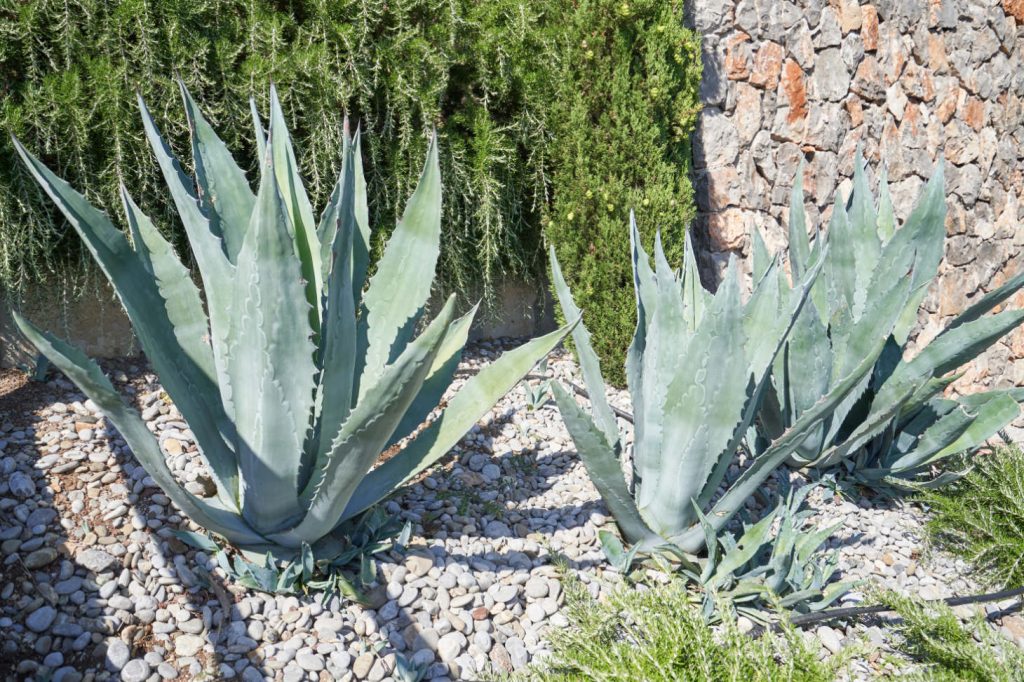
Key Takeaways
- High light succulents thrive in strong, direct sunlight
- Many popular varieties show compact shapes and rich colors in bright conditions
- Proper care ensures healthy growth and prevents stretching
What Are High Light Succulents?
High light succulents need strong, direct sunlight to grow well. They often develop compact shapes, vibrant colors, and firm leaves when exposed to the right conditions, making them ideal for bright windowsills, outdoor patios, or south-facing areas.
Defining High Light Requirements
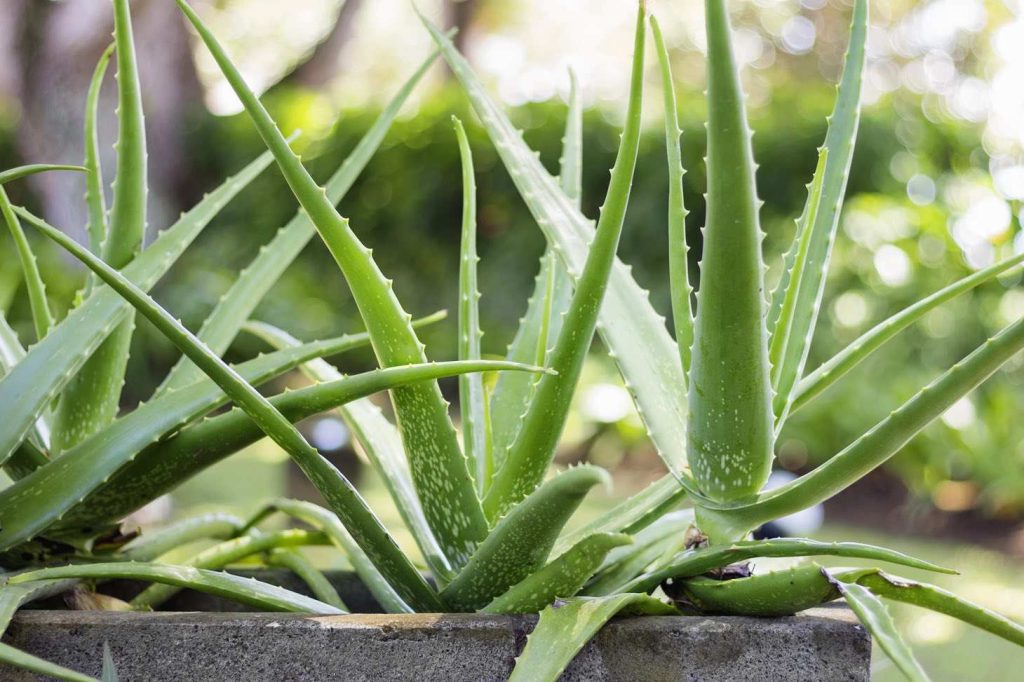
High light succulents typically need at least six hours of bright, direct sunlight per day. Indoors, this often means placing them in a south- or southwest-facing window. Outdoors, they thrive in open spaces where shade does not block the sun.
These plants are adapted to environments like deserts and rocky slopes where sunlight is intense and consistent. Their thick, fleshy leaves are designed to store water while tolerating heat and dryness.
If you grow them indoors, you may need to rotate pots so all sides of the plant receive equal light. In low-light conditions, these succulents can become stretched, pale, and weak.
Some common high light varieties include Echeveria, Aloe Vera, Sedum, and Agave. These plants show their best form and color only when they receive strong light.
How Sunlight Affects Succulent Growth
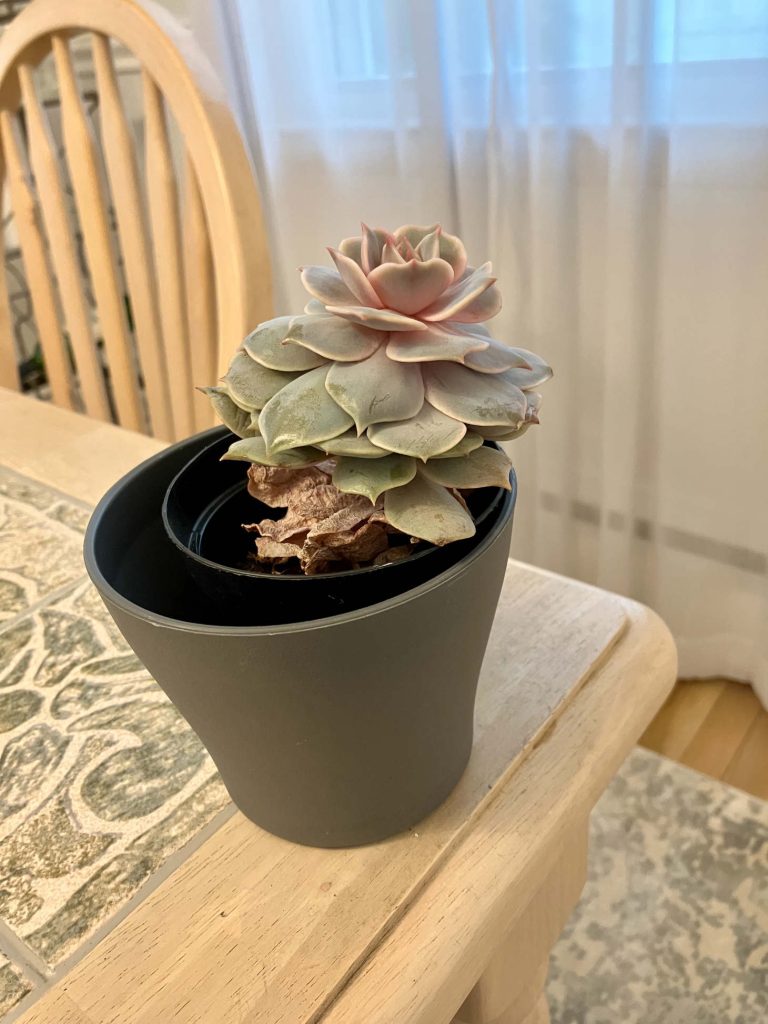
Sunlight influences both the shape and color of high light succulents. With enough light, they stay compact, with leaves stacked tightly together. Without it, they stretch upward, a process called etiolation, which makes them less attractive and weaker.
Many high light succulents also display more vibrant tones when exposed to direct sun. For example, greens may deepen, and edges can turn red, purple, or orange. This color change is a natural response to protect the plant from strong rays.
Proper light also supports healthy root development. When leaves and stems are strong, roots can anchor more firmly in well-drained soil, which prevents rot and improves overall resilience.
If you live in a very hot climate, you may need to provide some afternoon shade to avoid leaf burn. This balance helps the plant absorb enough energy without damage.
Benefits of Growing Sun-Loving Succulents

High light succulents are often low-maintenance plants once their light needs are met. They require less frequent watering than many houseplants because their leaves store moisture.
Their ability to handle bright, dry conditions makes them suitable for outdoor gardens, rock beds, and sunny patios. Indoors, they add structure and texture to bright spaces without demanding constant care.
These succulents also tend to resist common problems like overwatering when planted in gritty, well-drained soil. With proper conditions, you can expect steady growth and long-lasting plants that keep their form.
Another benefit is their adaptability to container growing. Many varieties stay compact, so you can keep them in small pots or arrange them in mixed displays without overcrowding.
Popular High Light Succulent Varieties
Many sun-loving succulents thrive in bright windows or outdoor spots with direct light. Some form compact rosettes, others trail gracefully, and a few develop striking colors or unusual shapes that stand out in full sun.
Rosette-Forming Succulents
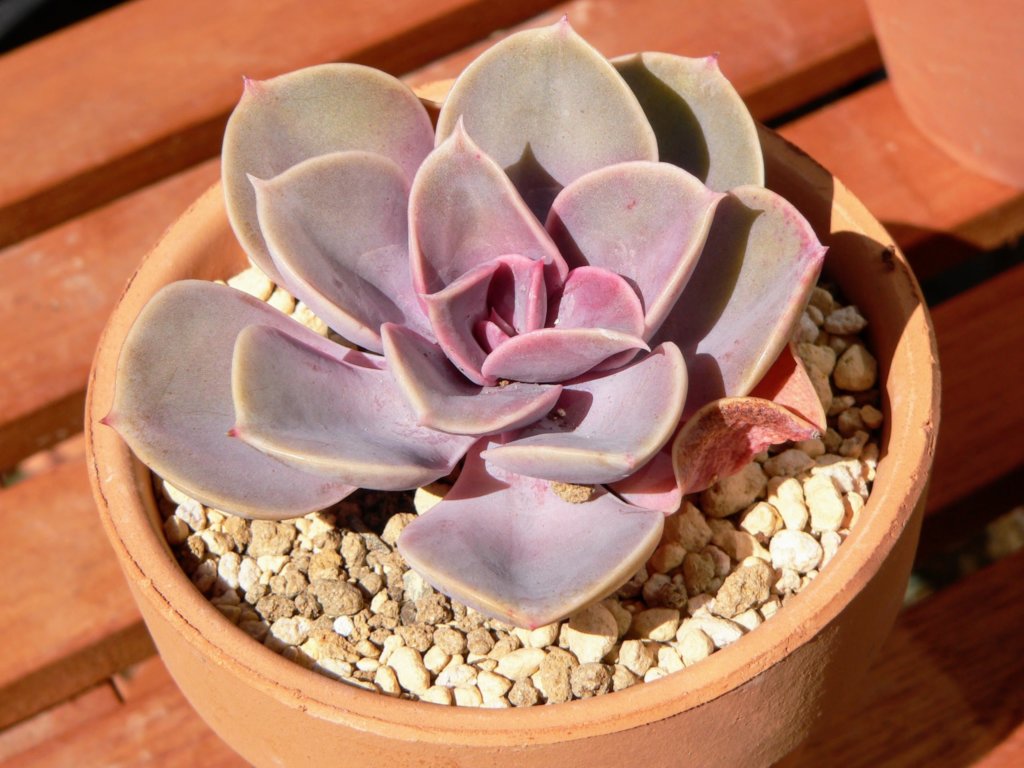
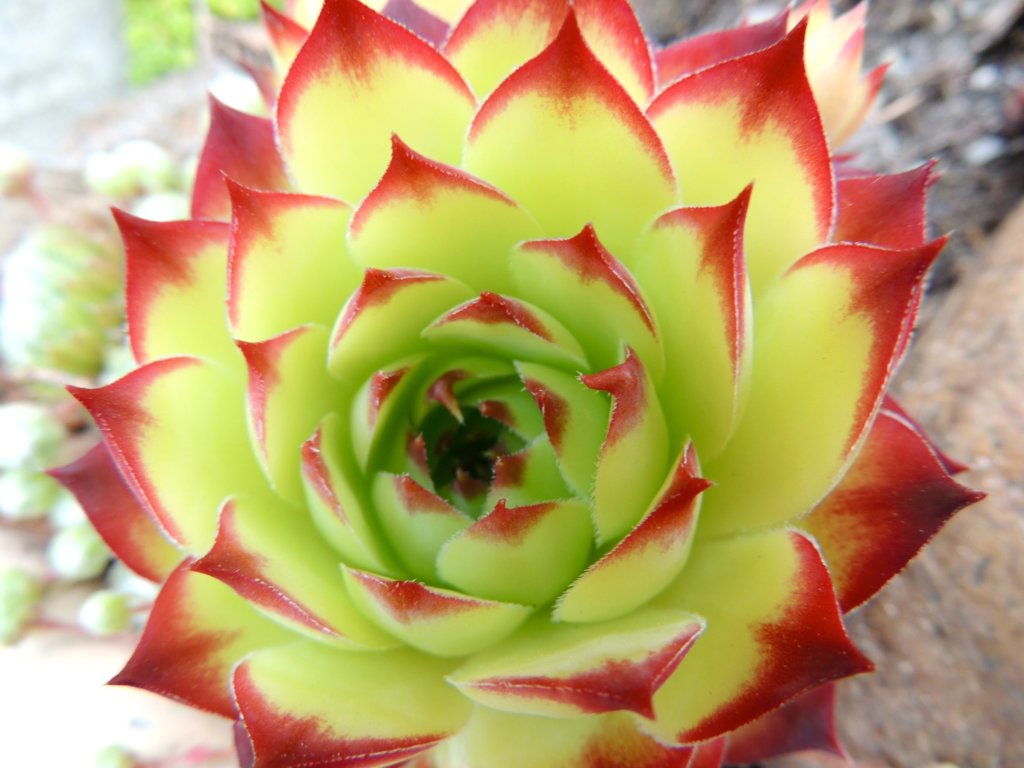
Rosette succulents handle strong sunlight well and often show their best colors under high light. Echeveria varieties, for example, keep their compact rosettes when given several hours of direct sun each day. Without enough light, they stretch and lose their shape.
Sempervivum (hens and chicks) also form tight rosettes and produce offsets that spread into clusters. These are hardy outdoors, even in colder climates, and prefer at least half a day of direct sunlight.
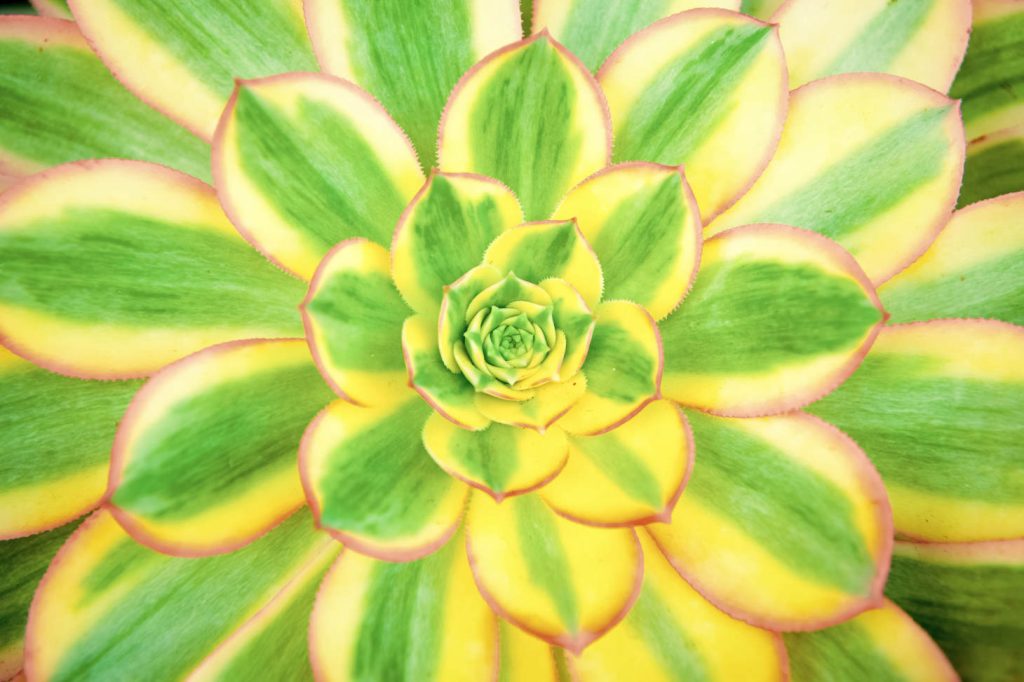
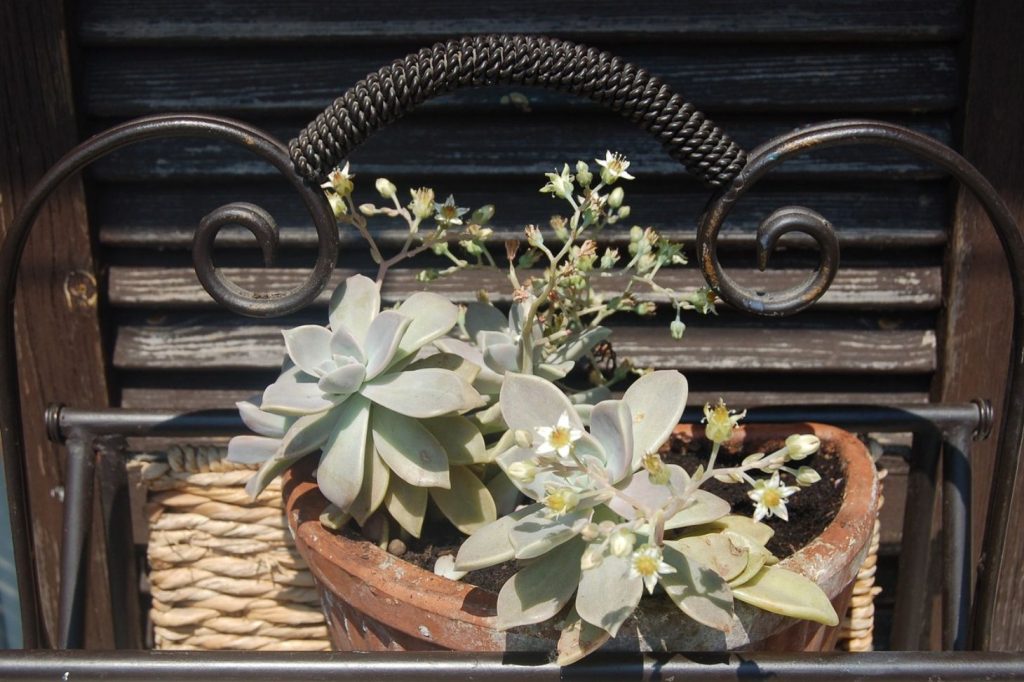
Aeonium species tolerate bright light but often develop deeper colors when exposed to full sun. Their rosettes may range from green to nearly black depending on the variety.
Another option is Graptopetalum paraguayense (ghost plant). This succulent has pale gray leaves that blush pink or purple when grown in strong light. It’s easy to propagate from fallen leaves, making it a good choice for beginners.
Trailing and Hanging Succulents
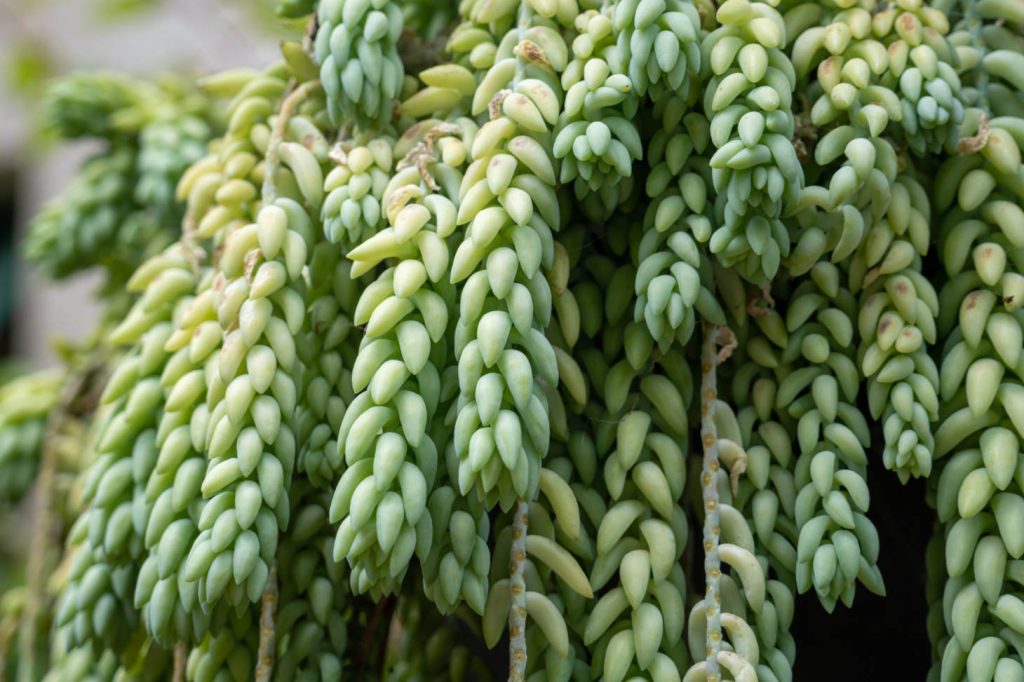
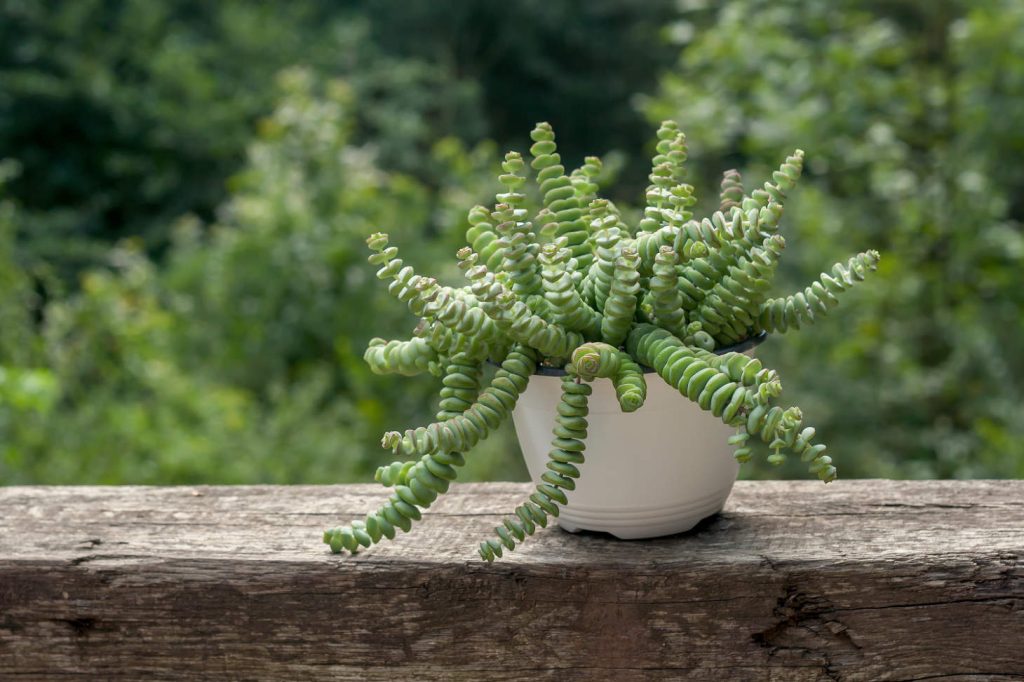
Sedum morganianum (burro’s tail or donkey’s tail) thrives in full sun but needs protection from harsh afternoon rays in very hot climates. Its plump trailing stems are fragile, so place it where it won’t be bumped.
You can also try Crassula perforata (string of buttons), which grows stacked triangular leaves along long stems. It develops red edges when given enough light, adding color to its trailing growth.
Colorful and Unique Sun-Loving Succulents
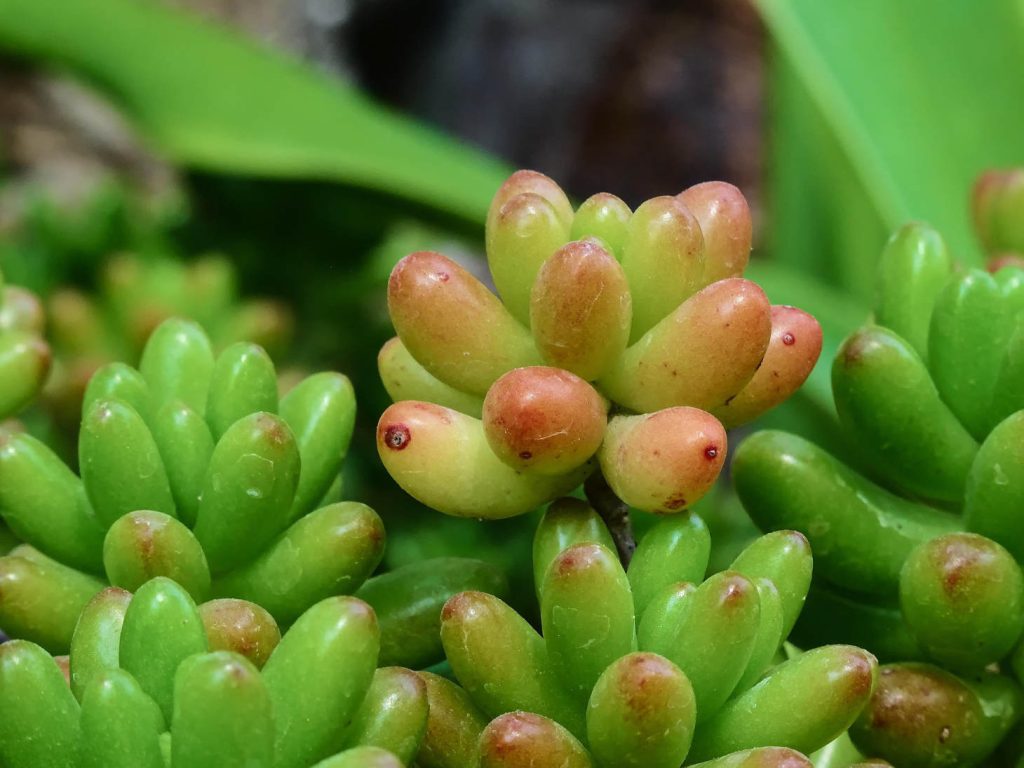
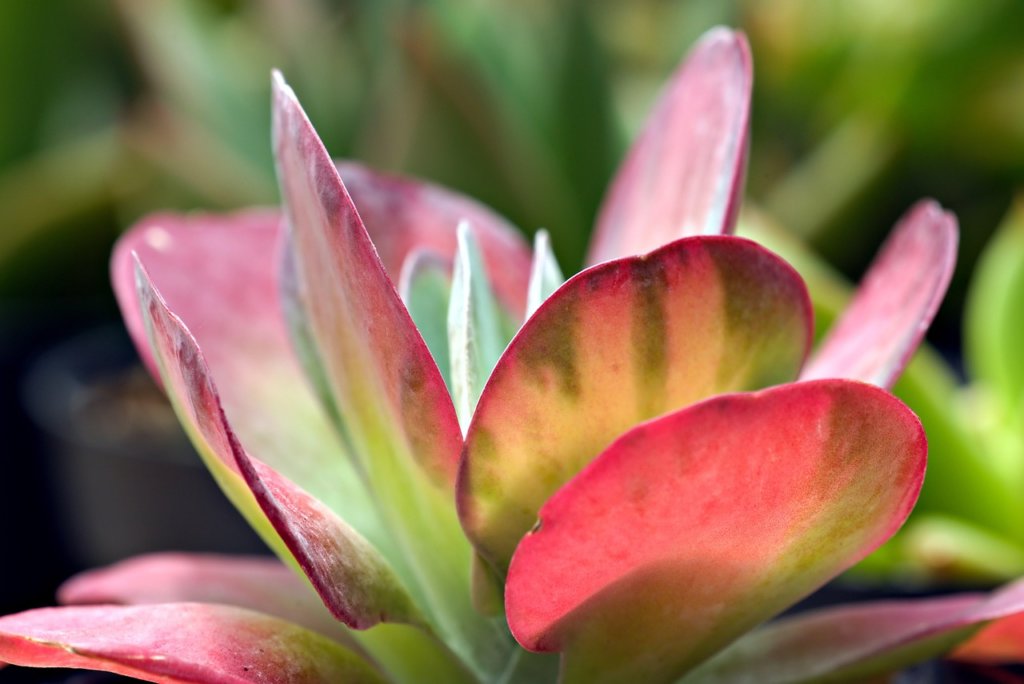
Some succulents develop striking colors or unusual forms when grown in high light. Sedum rubrotinctum (jelly bean plant) turns bright red at the tips under strong sun. In lower light, it stays mostly green.
Kalanchoe luciae (flapjack) forms flat, paddle-shaped leaves that turn red around the edges in direct sun. This plant grows best with several hours of strong light each day.
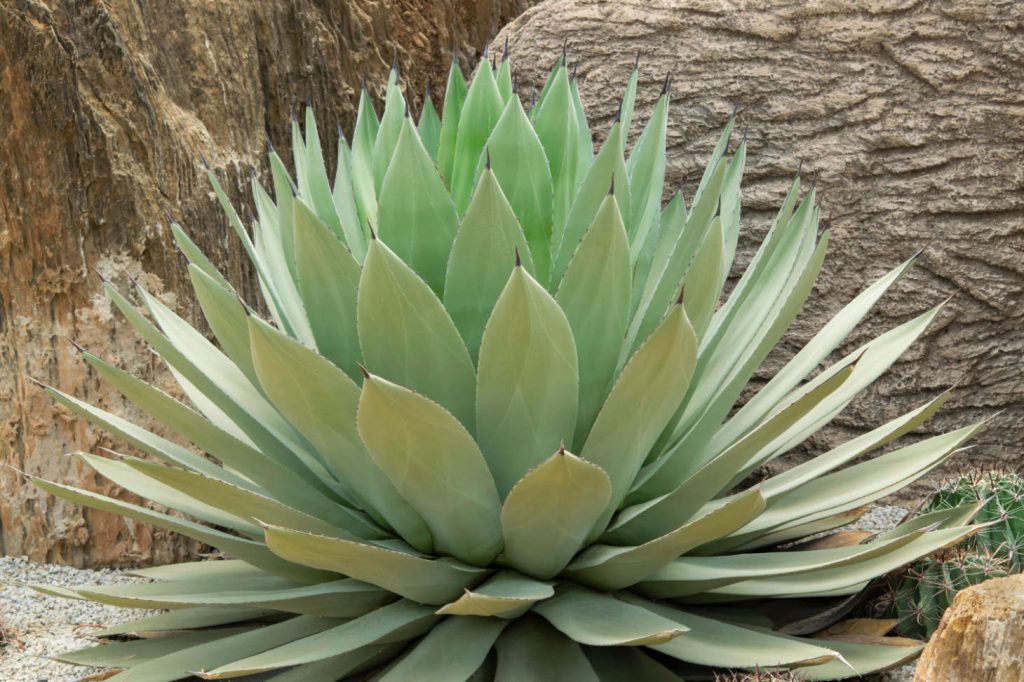
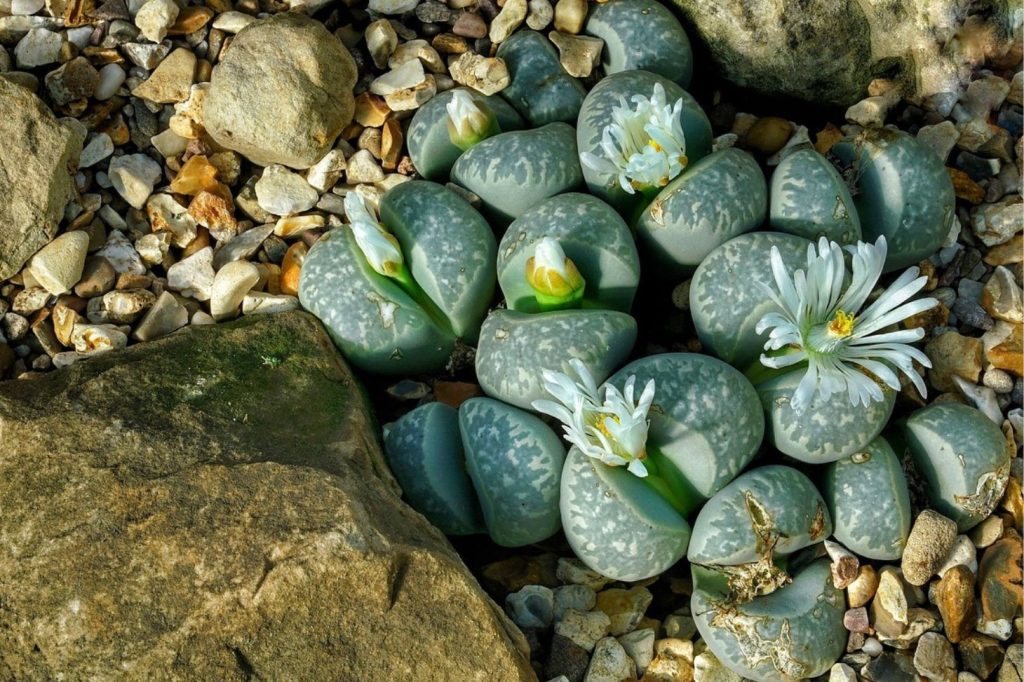
Agave parryi (Parry’s agave) is an excellent outdoor choice for hot, sunny spots. It handles intense light and dry conditions well.
For something unusual, Lithops (living stones) mimic small pebbles and need bright light to maintain their compact form. They require careful watering but thrive in sunny windowsills.
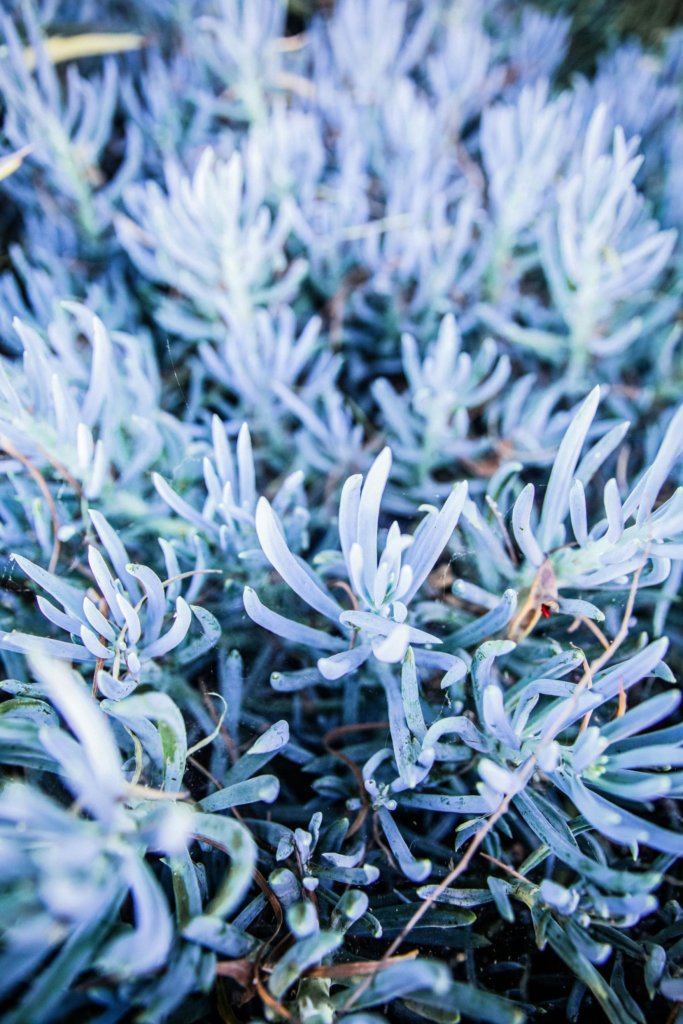
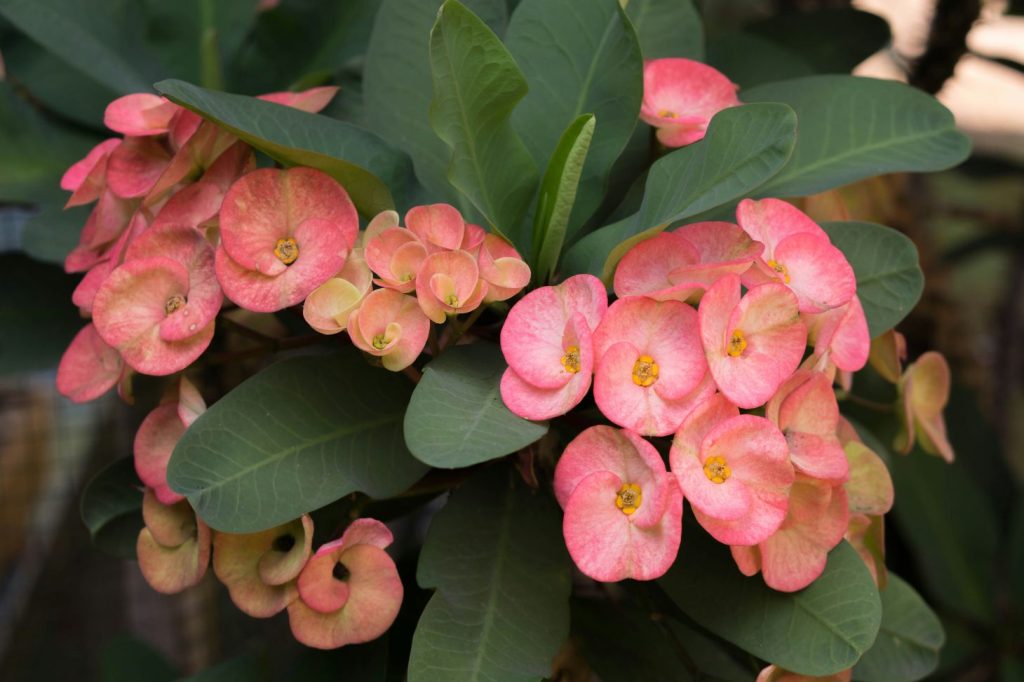
Other colorful options include blue chalksticks (Senecio serpens) with its powdery blue leaves and crown of thorns (Euphorbia milii), which produces small flowers year-round when given strong sunlight. These add variety and texture to high-light collections.

